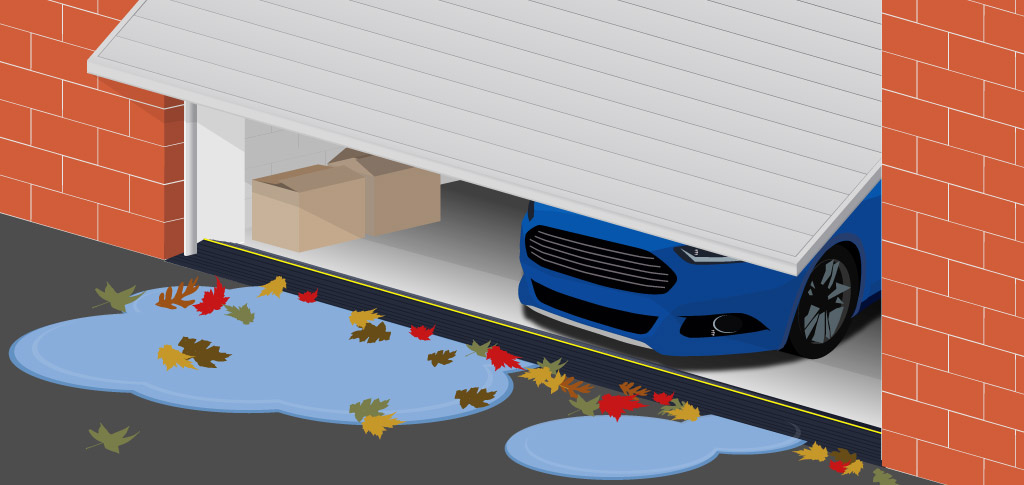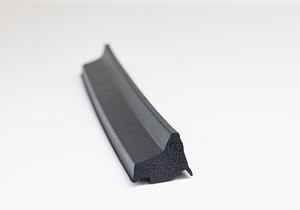
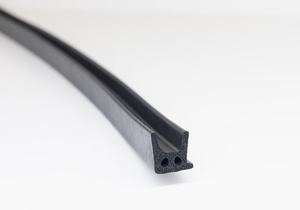
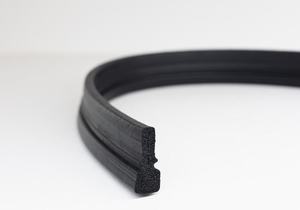
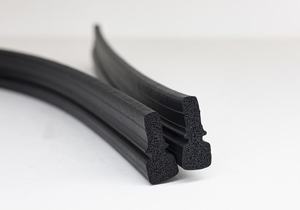
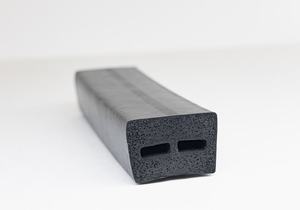
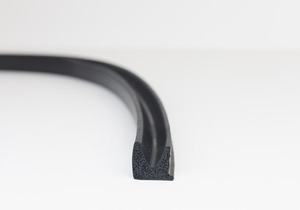
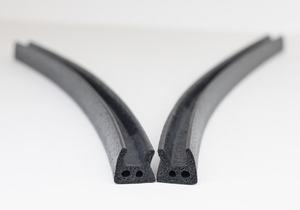
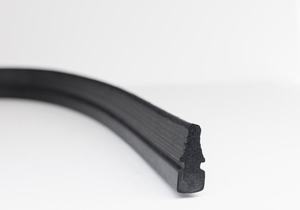
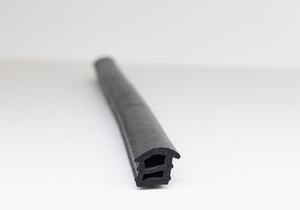
Industrial seals are critical components used in various industrial applications to prevent leakage, contamination, and damage by creating a barrier between two mating surfaces. These seals play a crucial role in ensuring the efficiency, reliability, and safety of industrial equipment, machinery, and processes across a wide range of industries, including manufacturing, oil and gas, automotive, aerospace, chemical processing, and more. Industrial seals come in a diverse range of types, materials, and configurations to suit different operating conditions, pressures, temperatures, and environmental factors. Here’s an extensive description of industrial seals:
- Purpose and Functionality:
- Industrial seals serve the primary function of sealing joints, connections, and interfaces to prevent the leakage of fluids, gases, or solids from industrial equipment and systems.
- They create a barrier against the ingress of contaminants such as dust, dirt, moisture, and chemicals, helping to maintain product quality, process efficiency, and equipment longevity.
- Industrial seals also provide protection against environmental factors such as temperature extremes, pressure fluctuations, corrosion, and wear, ensuring optimal performance and safety in industrial environments.
- Types of Industrial Seals:
- Mechanical Seals: Used in rotating equipment such as pumps, compressors, and mixers to prevent leakage along the shaft. They typically consist of stationary and rotating components with sealing faces in contact to create a barrier against fluid leakage.
- O-Rings: Circular seals made from elastomeric materials such as rubber, silicone, or fluorocarbon, used in static or dynamic applications to create a tight seal between mating surfaces.
- Gaskets: Flat or profiled seals made from materials such as rubber, cork, graphite, or metal, used to seal mating surfaces in flanged connections, piping systems, and machinery casings.
- Lip Seals: Also known as oil seals or radial shaft seals, used to prevent the leakage of lubricants or contaminants along rotating shafts in machinery such as motors, gearboxes, and axles.
- Hydraulic Seals: Used in hydraulic and pneumatic systems to prevent fluid leakage and maintain pressure, including piston seals, rod seals, wipers, and wear rings.
- Rotary Seals: Used in rotary applications to prevent leakage between rotating and stationary components, including labyrinth seals, oil seals, and mechanical face seals.
- Static Seals: Used in applications where the sealing surfaces remain stationary, such as flange connections, pipe joints, and valve bonnets.
- Dynamic Seals: Used in applications where one or both sealing surfaces are in motion, such as piston seals, rod seals, and rotary shaft seals.
- Material Composition:
- Industrial seals are made from a wide range of materials chosen for their compatibility with specific operating conditions, fluid types, temperatures, pressures, and environmental factors.
- Common materials include elastomers (rubber, silicone, fluorocarbon), thermoplastics (PTFE, PEEK, nylon), metals (stainless steel, aluminum, brass), and composite materials (carbon fiber, fiberglass).
- The selection of seal materials considers factors such as chemical compatibility, temperature resistance, pressure rating, abrasion resistance, and mechanical properties.
- Design and Construction:
- Industrial seals are available in various designs and configurations to suit different applications, equipment types, and performance requirements.
- They may feature different sealing profiles, geometries, and cross-sectional shapes to optimize sealing effectiveness, pressure resistance, and installation ease.
- Industrial seals may incorporate reinforcement layers, fabric or metal inserts, spring energizers, or secondary sealing elements to enhance durability, stability, and performance under extreme conditions.
- Installation Process:
- The installation of industrial seals requires careful preparation, surface cleaning, and adherence to manufacturer’s instructions.
- Seals should be inspected for damage, defects, or contamination before installation, and any issues addressed to ensure proper sealing performance.
- Proper lubrication, adhesive, or sealant may be applied to facilitate installation and improve sealing effectiveness.
- Correct installation techniques are essential to prevent seal damage, misalignment, or premature failure and ensure long-term reliability and performance.
- Functionality and Performance:
- Industrial seals are designed to provide reliable performance under a wide range of operating conditions, including temperature extremes, pressure variations, vibration, shock, and chemical exposure.
- They maintain sealing integrity over the service life of the equipment or system, minimizing leakage, downtime, and maintenance costs.
- Industrial seals are tested and certified to meet industry standards and performance criteria for durability, reliability, and safety, ensuring compliance with regulatory requirements and industry best practices.
- Applications:
- Industrial seals are used in a diverse range of applications across various industries, including:
- Oil and gas exploration and production: Wellhead seals, pipeline seals, valve seals.
- Automotive manufacturing: Engine seals, transmission seals, brake seals.
- Aerospace and aviation: Aircraft seals, hydraulic seals, fuel system seals.
- Chemical processing: Pump seals, valve seals, reactor seals.
- Food and beverage production: Processing equipment seals, conveyor seals, packaging machine seals.
- Pharmaceuticals and biotechnology: Sterile seals, cleanroom seals, bioreactor seals.
- Mining and construction: Hydraulic cylinder seals, bearing seals, conveyor seals.
- Power generation: Turbine seals, generator seals, valve stem seals.
- Industrial seals are used in a diverse range of applications across various industries, including:
- Maintenance and Inspection:
- Industrial seals require periodic inspection and maintenance to ensure continued functionality and performance.
- Routine inspections may include visual assessments, leak checks, seal compression tests, and lubrication checks.
- Seal replacement or repair may be necessary if signs of wear, damage, or deterioration are detected during inspections.
- Proper storage, handling, and installation procedures are essential to prevent seal damage, degradation, or contamination and ensure optimal sealing effectiveness and longevity.
In summary, industrial gaskets are essential components in a wide range of industrial applications, providing sealing solutions that prevent leakage, contamination, and damage while ensuring the efficiency, reliability, and safety of equipment and processes. With their diverse types, materials, designs, and applications, industrial seals play a crucial role in maintaining operational integrity, productivity, and sustainability across various industries and sectors.

